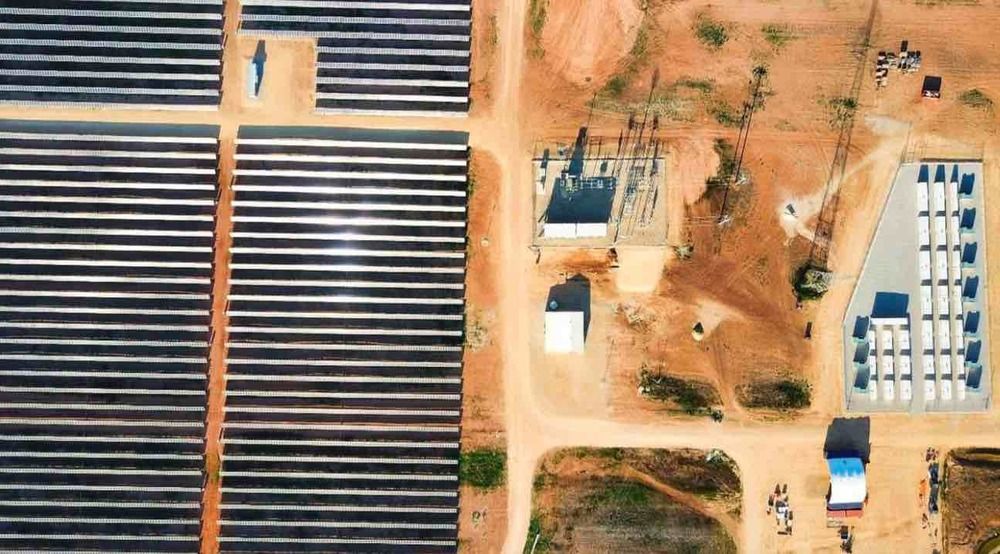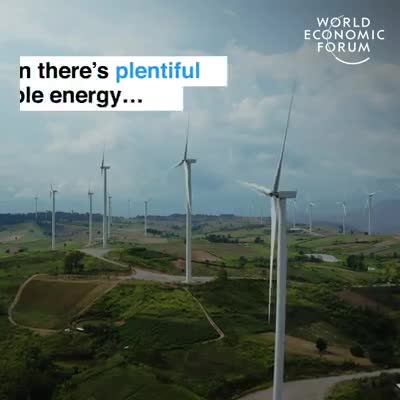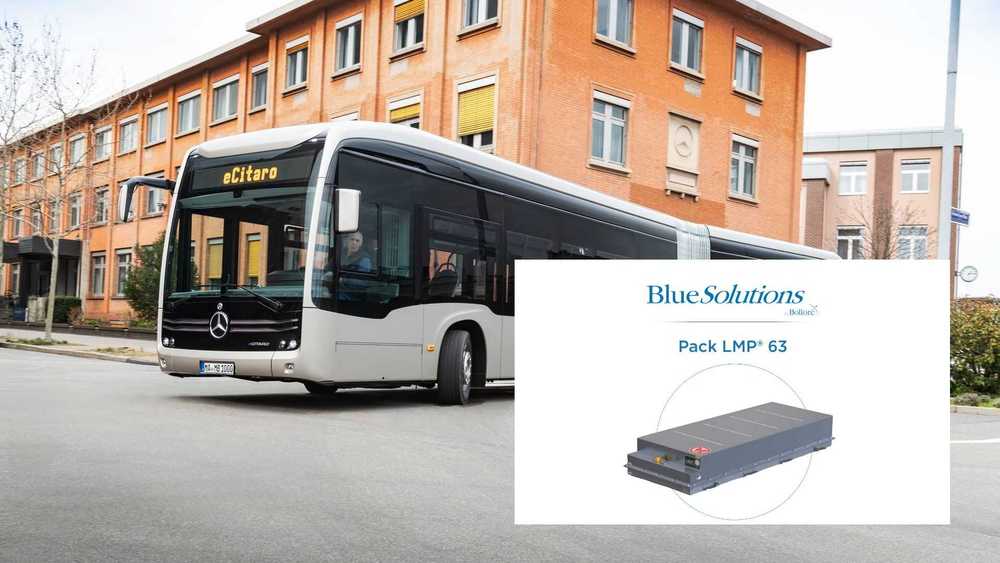Audrey Zibelman says “facts and reality” are focus of AEMO, which is leading creation of new global partnership pushing “rapid clean energy transition of unprecedented scope.”




Utilizing lands for Right of Ways of Interstate Highways offer a lot of solar potential.
From pv magazine USA
As more states establish renewable energy mandates and expand the penetration of solar onto their grids, officials and developers are finding that locating land for these projects can be tricky. A new study released by the University of Texas at Austin’s Webber Energy Group looks to solve some of these siting issues by using publicly available and underutilized land at interstate exits.

Jointly issued by the Chinese Communist Party and the State Council on Sunday, the measures targeting the tech sector are an important part of Beijing’s 2020–2025 plan for the city, which include pilot reforms in areas from finance and energy to education and transport.
Beijing’s plan doubles down on hopes that Shenzhen will become a global leader in technology and finance and a showcase for Xi’s vision of an ideal Chinese society.

Researchers have developed a method to ‘squeeze’ visible light in order to see inside tiny memory devices. The technique will allow researchers to probe how these devices break down and how their performance can be improved for a range of applications.
The team, led by the University of Cambridge, used the technique to investigate the materials used in random access memories, while in operation. The results, reported in the journal Nature Electronics, will allow detailed study of these materials, which are used in memory devices.
The ability to understand how structural changes characterize the function of these materials, which are used for low-power, ultra-responsive devices called memristors, is important to improve their performance. However, looking inside the 3D nanoscale devices is difficult using traditional techniques.

Hydroelectric power Productions
🔔 Thanks for watching my videos, enjoy, and subscribe for more interesting daily videos!
In this video, Production here:
Turbulent Hydro
www.turbulent.be
KapaLamda
www.KCTHydropower.com
Waterotor Energy
https://waterotor.com
Landustrie
https://www.landustrie.nl/en/home.html
Dezeen

Circa 2016
Scientists have developed a novel system that recovers energy normally lost in industrial processes.
Each year, energy that equates to billions of barrels of oil is wasted as heat lost from machines and industrial processes. Recovering this energy could reduce energy costs. Scientists from Australia and Malaysia have developed a novel system that is designed to maximize such recovery.
Heat can be converted to electricity by devices called thermoelectric power generators (TEGs), which are made of thermoelectric materials that generate electricity when heat passes through them. Previous studies have attempted to use TEGs to recover energy from the heat generated by, for example, car engines, woodstoves and refrigerators. However, TEGs can only convert a small amount of the heat supplied to them, and the rest is emitted as heat from their “cold” side. No previous studies have attempted to recover energy from the waste heat that has already passed through TEGs. Researchers from Malaysia’s Universiti Teknologi MARA and RMIT University in Australia set out to develop a system that can do this.

